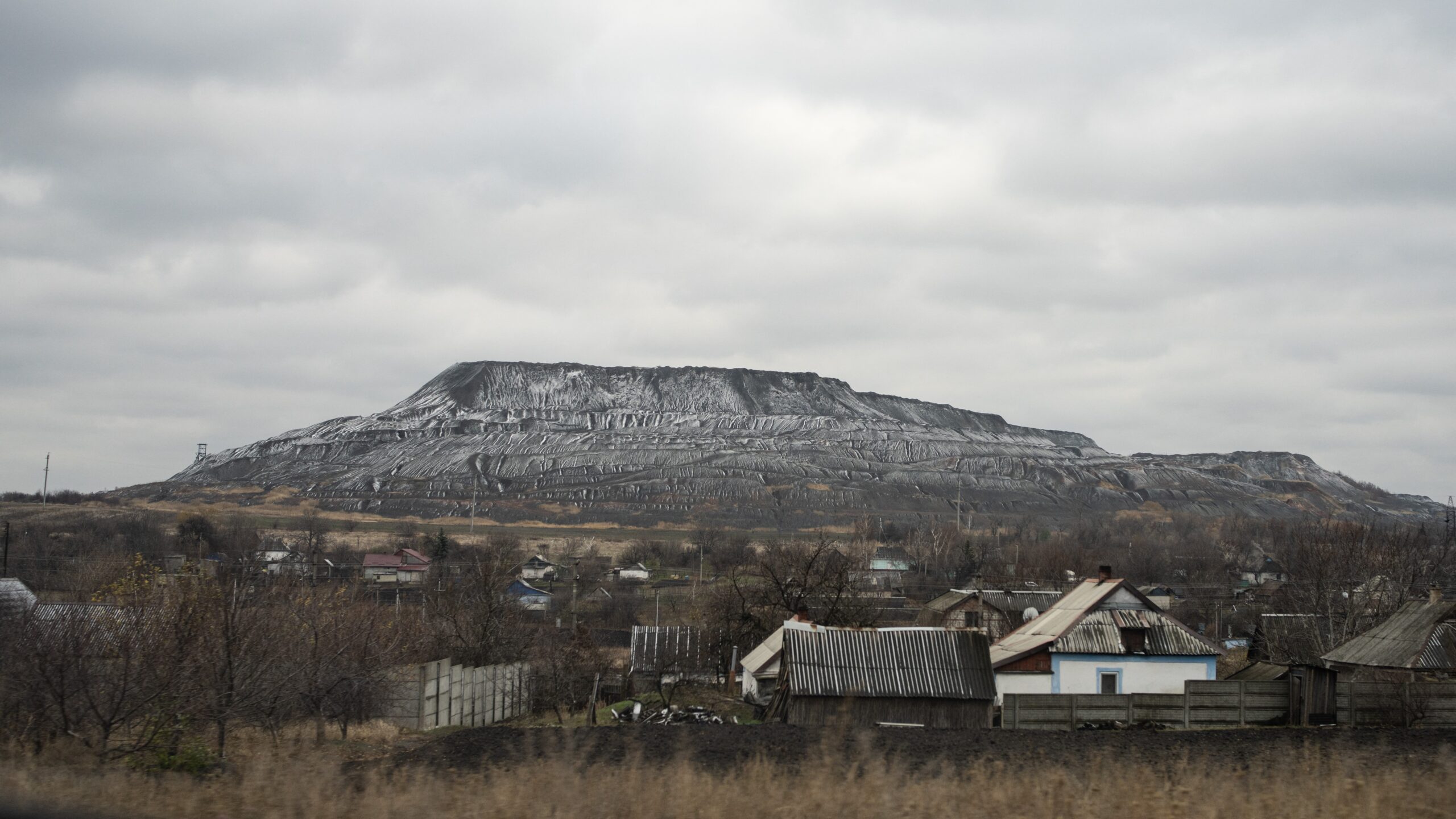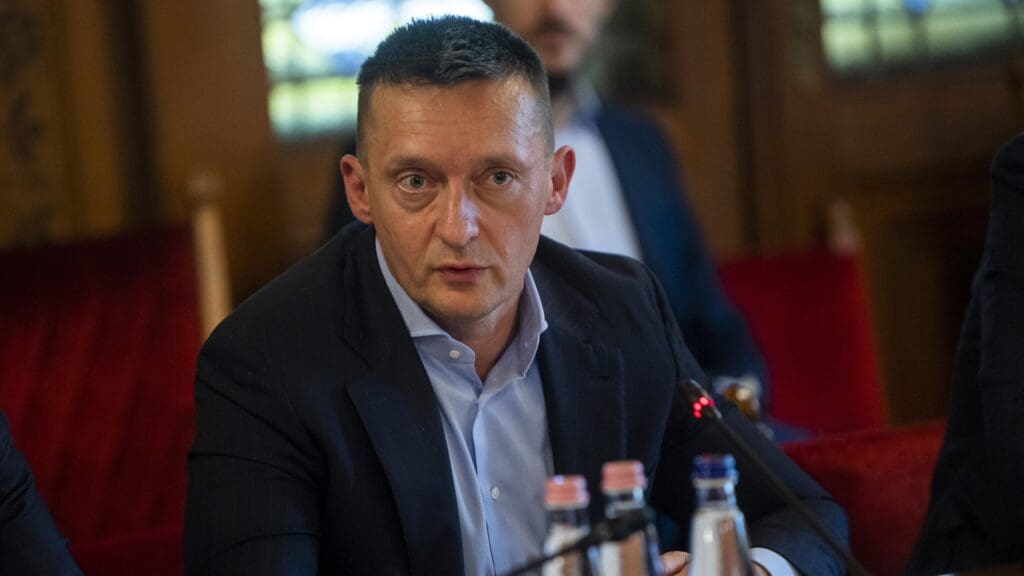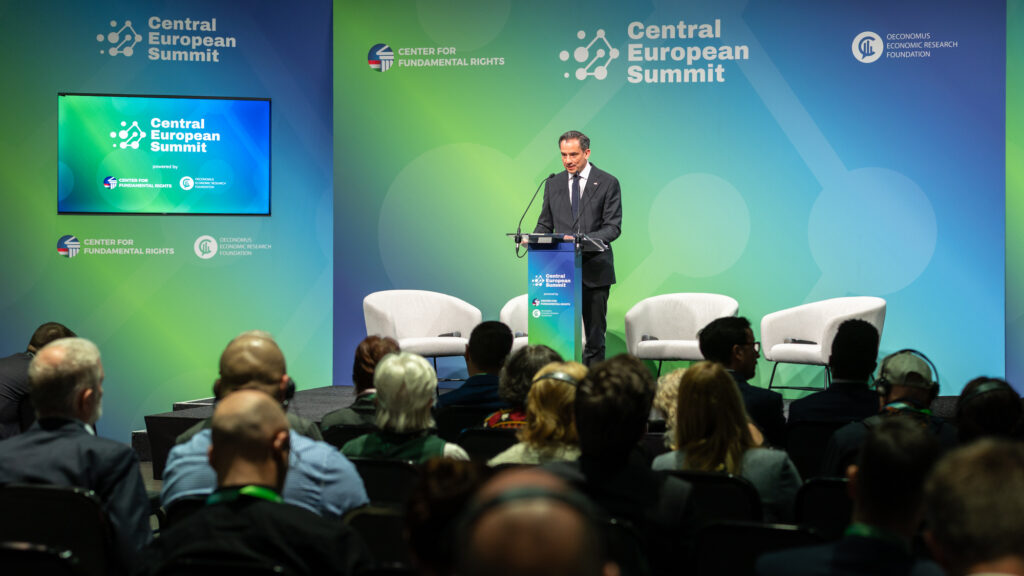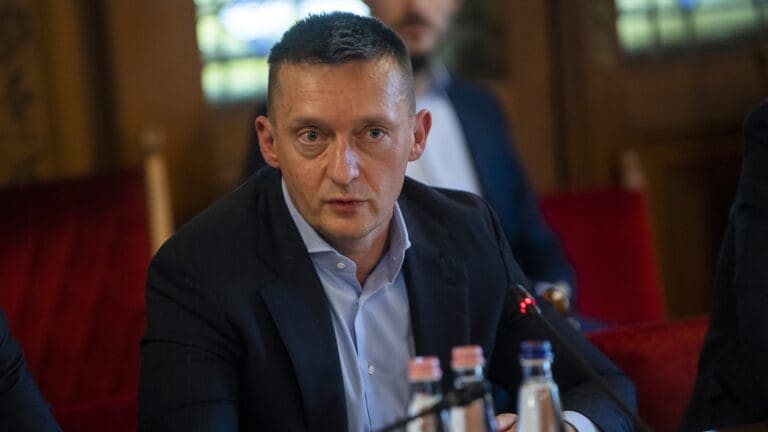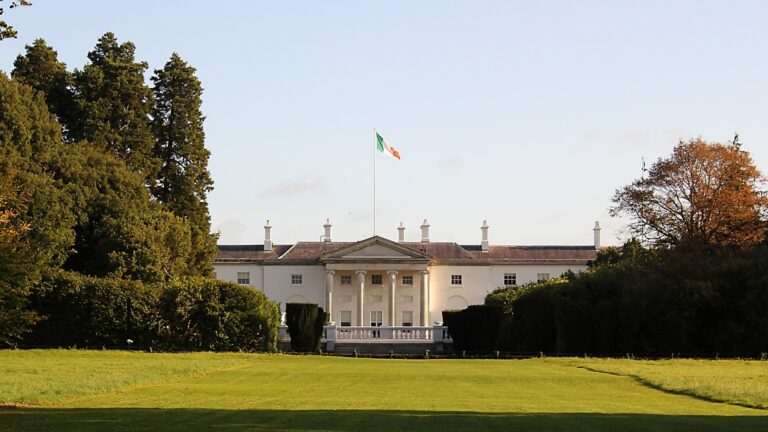About a week ago US Treasury Secretary Scott Bessent travelled to Kyiv to discuss President Donald Trump’s proposal that the war-torn country could pay with rare earth minerals for the financial and military aid that it has been receiving. The US President formulated the expectation of unlocking access to an equivalent of 500 billion USD in critical minerals in exchange for the support Washington has been granting Kyiv over the last three years. The US President valued the aid given to Kyiv over the years to be worth more than 300 billion USD. The President also demanded guarantees that the US will have access to these minerals even if no peace deal is achieved in the near future.
According to Forbes’ 2023 assessment, the value of Ukraine’s critical minerals can reach as much as 15 trillion USD. If the country’s coal and natural gas resources are also taken into account, estimates climb as high as 26 trillion USD. Albeit most attention is dedicated to rare earths, elements such as cerium, yttrium and lanthanum used in electric vehicles and cell phones, Ukraine is rich in other natural resources as well. The US Geological Survey considers 50, while the EU 34 minerals to be critical. Ukraine has deposits of 22 of these. The country has one of Europe’s largest reserves of lithium, used in batteries: an estimated 500 000 metric tons. Ukraine is also home to 20 per cent of the world’s graphite reserves, a crucial component of nuclear reactors. In Europe, the war-torn Eastern Slavic country has the largest titanium—utilized in the aerospace industry—reserves: 7 per cent of the world’s total. In addition, Ukraine also has considerable deposits of beryllium and uranium. The global market for critical minerals is worth 320 billion USD and is estimated to double in the next five years.
While Ukraine has huge reserves of rare earths, there are no operational rare earth mines in the country. Albeit the mining and metal industry contributed to approximately 10 per cent of Ukraine’s GDP and 33 per cent of its exports before the war, only 3000 were active from the estimated 20,000 mineral deposits in the country. Once Ukraine’s productivity decreased due to the invasion, the prices of nickel and lithium grew by 36 and 15 per cent respectively.
‘The global market for critical minerals is worth 320 billion USD and is estimated to double in the next five years’
As of now most critical minerals originate from China, which controls about one third of the world’s total rare earth metal reserves. The attempt to invest into the Ukrainian mine industry is widely seen as an effort to diversify supply chains amid rising competition between Washington and Beijing.
Lithium deposits can be found in the centre, east and southeast of Ukraine. Titanium reserves, which are estimated to be plentiful enough to meet global demand for 15 years, are mostly located in northwest and central Ukraine. Graphite can be found in the centre and western parts of the country, while Ukraine’s coal reserves are located in the territories now occupied by Russia. The most mineral-rich territories of Ukraine are—the now occupied—Luhansk and Donetsk.
Indeed, recent Russian advancements on the front lines impacted Kyiv’s access to these natural resources. Russia occupied one of Ukraine’s three major lithium reserves in Zaporizhzhia back in 2022, while in January this year it managed to occupy another. Near the recently occupied settlement of Shevchenko the lithium deposit stretches over 40 hectares. The remaining known considerable lithium reserve that is in Kyiv’s control is in Dobra, Kirovohrad region. In addition, the country’s last operating coal mine was also recently closed due to the intensifying fights near the city of Pokrovsk.
Albeit estimates vary, according to Kyiv Independent, Russia now controls 33 per cent of Ukraine’s rare earths, 63 per cent of its coal deposits, and 20 per cent of its natural gas deposits. According to the Independent, 53 per cent of Ukraine’s total mineral resources are now under Russia’s control.
‘The attempt to invest into the Ukrainian mine industry is widely seen as an effort to diversify supply chains amid rising competition between Washington and Beijing’
The idea of giving access to these natural resources to Ukraine’s international partners was part of Zelenskyy’s ‘victory plan’, a strategy presented by Kyiv about half a year ago. Zelenskyy also discussed the possibility of the US receiving access to these resources during his meeting with the then presidential candidate Donald Trump in New York last September. At the time the offer looked beneficial in the eyes of the Ukrainian leadership—it was supposed to bring investment and create jobs in Ukraine, while also providing profits for the Americans. Similar investment opportunities into Ukraine’s critical minerals’ industry were voiced by the Ukrainian Deputy Economy Minister Oleksiy Sobolev at the World Economic Forum in Davos. Given the discussion between the two sides, President Trump also claimed in an interview to Fox News that Ukrainians have ‘essentially agreed’ to providing access to these deposits for the Americans.
Nevertheless, after Treasury Secretary Scott Bessent’s visit, during which he proposed to grant the US 50 per cent ownership of Ukraine’s rare earth minerals, Kyiv’s attitude has drastically changed. Volodymyr Zelenskyy has given orders to its aids to reject the US President’s offer. Officially, Kyiv is now rejecting the US the access to these reserves because it has not been given adequate security guarantees. At the Munich Security Conference Zelenskyy also confirmed that the relevant agreement will not be signed unless Ukraine is protected. Zelenskyy’s refusal was called ‘short-sighted’ by the White House, who has recently started negotiations with Russia in Saudi Arabia about a possible settlement in Ukraine.
Related articles:

